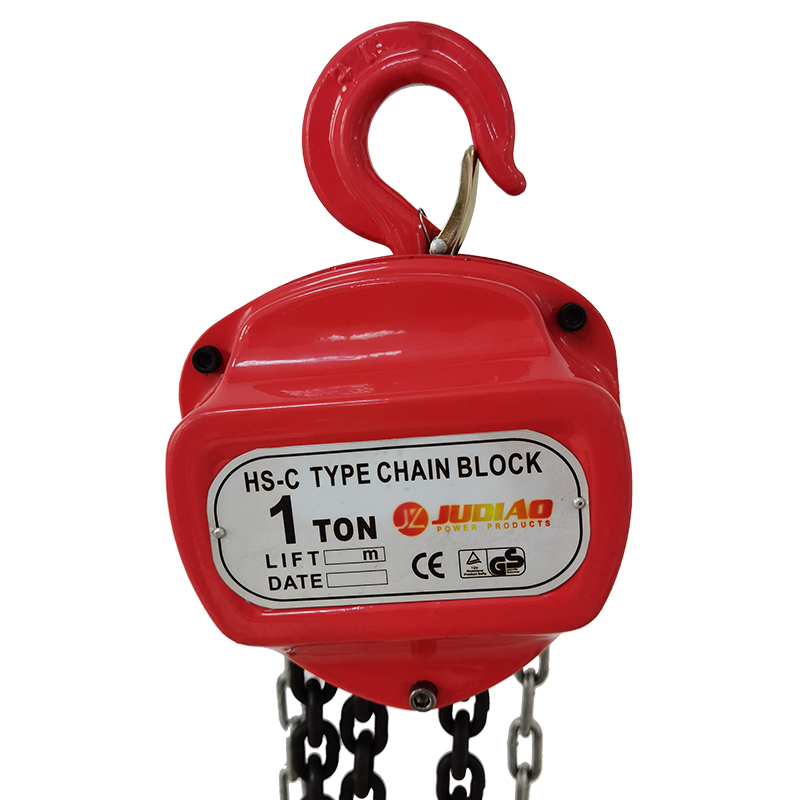


Lever Chain Block Innovations in Mechanical Engineering
The lever chain block, also known as a chain hoist, is a crucial piece of equipment widely used in various industries for lifting and lowering heavy loads. This mechanical device combines the principles of leverage and chain mechanisms to provide a reliable solution for heavy lifting tasks. Its applications range from construction sites and manufacturing plants to warehouses and shipyards, making it an indispensable tool in modern engineering.
At its core, the lever chain block operates on a straightforward principle it uses a lever to amplify force, allowing a user to lift heavy objects with comparatively less effort. The main components of a lever chain block include a lever arm, a chain wheel, a load chain, and a hook. When the operator pulls down on the lever arm, it rotates around a pivot point, which in turn engages the chain wheel. This action moves the load chain, lifting the attached load effortlessly.
One of the key advantages of the lever chain block is its mechanical efficiency. The lever arm provides a mechanical advantage, enabling users to lift weights multiple times their own body weight. The ratio of the lever arm length to the load chain movement significantly influences the force required to lift the load. This feature not only reduces physical strain on the operator but also minimizes the risk of workplace injuries, promoting a safer lifting environment.
Moreover, the versatility of lever chain blocks makes them suitable for a variety of applications
. They can be found in construction, manufacturing, automotive repair, and even in theatrical settings for lifting sets and props. The ability to lift loads in tight spaces further enhances their utility, as they can be used in situations where traditional cranes or hoists may be impractical.
In recent years, advancements in technology have significantly improved the design and functionality of lever chain blocks. Modern models are often equipped with lightweight materials, enhancing portability without compromising strength or durability. Some lever chain blocks now incorporate advanced safety features like overload protection, which prevents lifting beyond the block’s rated capacity, contributing to safer operation. Furthermore, innovation in materials has led to corrosion-resistant coatings, ensuring a longer lifespan for equipment used in harsh environments.
Another noteworthy innovation is the integration of ergonomic designs that improve user comfort while operating the lever chain block. By reducing the amount of effort required to lift heavy loads, manufacturers have created devices that are not only efficient but also user-friendly. The use of padded handles and improved grip designs allows for extended use without causing fatigue, making lever chain blocks more accessible to a wider range of users.
In terms of safety regulations, the lever chain block must meet specific standards to ensure it operates within safe limits. Operators are usually required to undergo training to understand the proper use of these devices, ensuring that they are well-aware of potential hazards associated with lifting heavy loads. Routine maintenance and inspections are also essential to ensure these devices remain in optimal working condition, further enhancing safety in the workplace.
In conclusion, lever chain blocks are an essential innovation in mechanical engineering that facilitate the lifting of heavy loads across diverse industries. Their mechanical efficiency, versatility, and advancements in ergonomic design and safety features position them as a critical tool for enhancing productivity while ensuring the safety of operators. As technology continues to evolve, we can expect even more improvements in the design and functionality of lever chain blocks, further solidifying their role in modern lifting applications.



